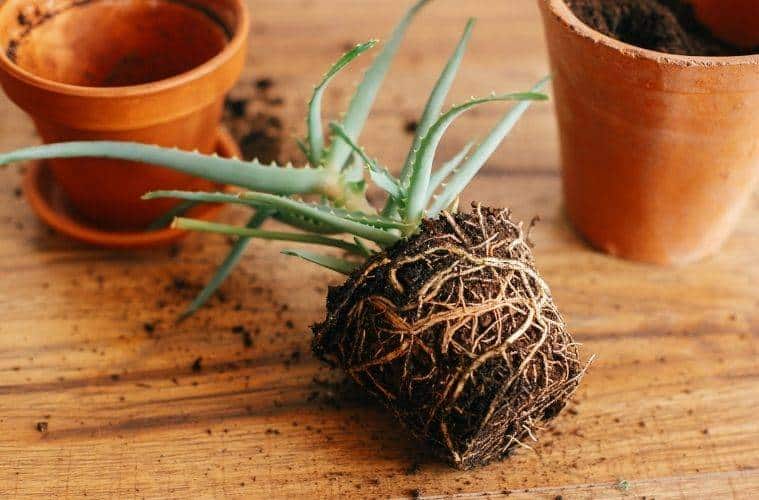For many gardeners who live in temperate climates, spring is the ideal time to transfer plants and give them the freedom to grow outside or in a new space. Transferring can be dangerous for your leafy plants, no matter how hardy they are or where you’re transplanting them. Avoid the worst-case scenario by learning how to transplant plants without killing them and give your vegetation all it needs to survive the initial shock of a new home.
Set up Your Plants’ New Spaces Before Moving Them
Whenever possible, always prepare the new homes before relocating your plants. However, this may not be feasible for situations where you’re moving to a new house. Preparations are different for each gardening method, so you may need to either dig a hole in an outdoor garden, prepare your larger container for a potted plant, or set up your alternative garden in the greenhouse.
Once you’ve prepared the new locations, mark each one with a tiny sign to keep your garden organized. Moistening the areas with fresh water will prevent some of the shock that comes with moving.
Transplanting the Plants
Now comes the stressful part—transplanting. Before you dig out the plant from its old home, mark a large area around where you believe the roots end. Cut off excess or dying growth and stems to give your plants as much energy as possible to make it through transfer shock. When digging out the plant, try to avoid cutting through any roots. If you cut through some ends, don’t panic—just transfer the plant like normal.
If transferring the plant to a similar garden, leave the dirt on the plants’ roots for added protection. Place them in their new homes as soon as possible and gently cover any gaps with the new soil. When transferring from soil to a more unique gardening method, such as hydroponics, you may need to remove the dirt and gently clean the roots before completing the transfer.
After Transplanting
The final steps for how to transplant plants without killing them involve the care you give them over the next few days. Your plants will need plenty of water to survive the sudden transfer to a new home. After replanting them, immediately water them.
Plants need to focus all their energy on taking root in their new location—you can make sure this happens by shading the area for at least two days after transferring, especially if it’s in direct sunlight. This prevents them from photosynthesizing and using the energy to grow upward.
Water the plants every day and give more water to any plant that seems to be slumping. Once you’ve completed the process as carefully as you can, your precious plants will have the highest chance at survival and will enjoy the beautiful spring air.






















